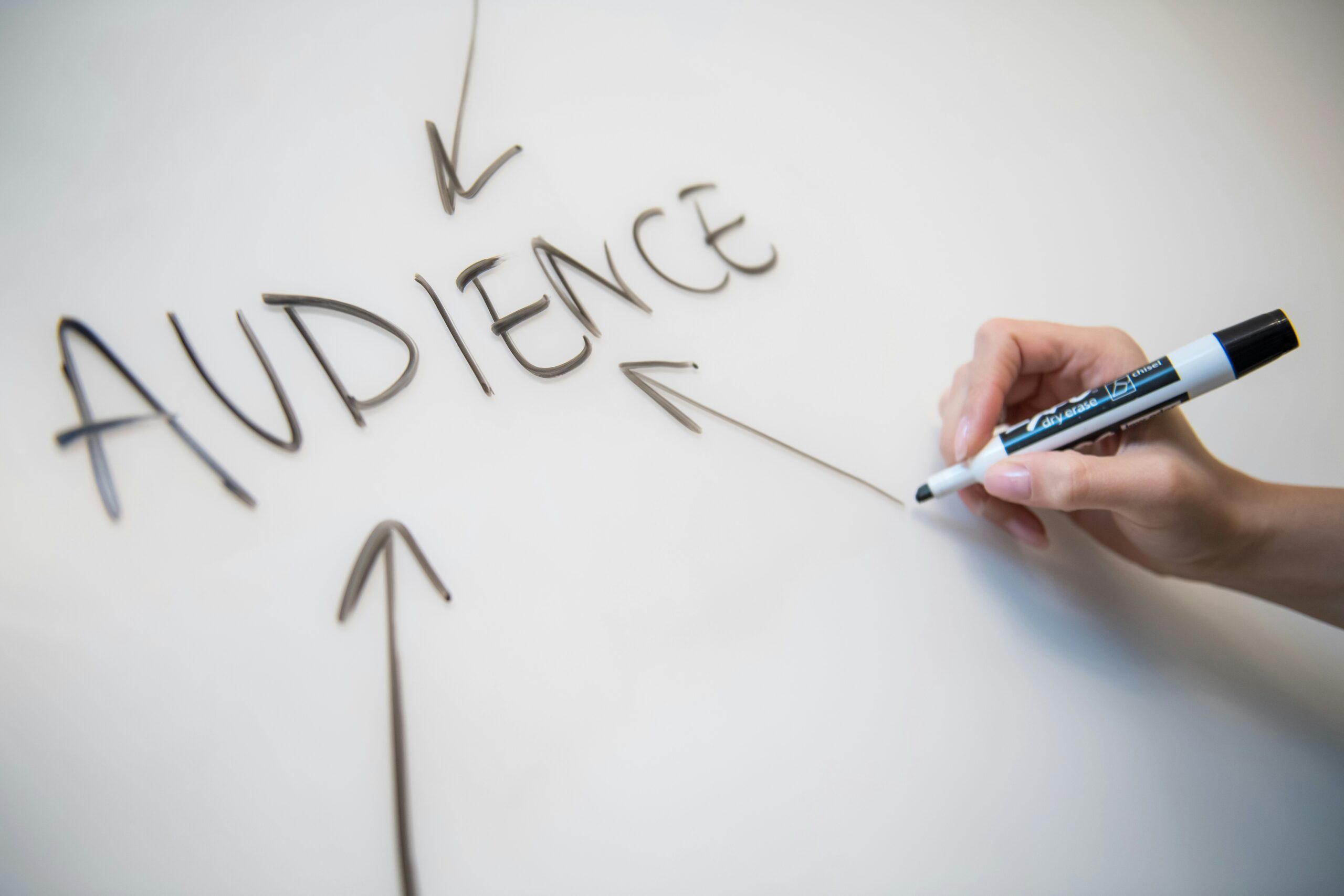
After the shock of the 2024 election results came my moment of clarity:
We could now stop pretending.
We could stop pretending that this country’s current infrastructure wants to support the stories from the people that it marginalizes. So we could dispense with the idea that we needed to impress or cater to them. I felt empowered, knowing that the fate of my work was in my own hands. That I had control over the process.
Listening to industry veterans Ted Hope and Jon Reiss, I had a wake-up call about the brutal reality of independent film distribution. With larger companies either under-resourcing or completely ignoring films that tackle complex social issues, and our $300K budget level, we realized we had to identify and build our audience early, not as an afterthought.
Here’s the typical reality for a self-created film: You either get bought by a big distributor (Neon, A24, MUBI) or you go through an aggregator who puts your film on platforms like Amazon and Apple TV. But here’s with an aggregator, driving audiences to your film is still entirely up to your efforts. If that’s our reality, we better know who our people are and start building relationships yesterday. With our November shoot date approaching, we needed to start this process immediately.
THE REALITY CHECK
Having a marketing-savvy partner changes everything. My wife’s advertising background introduced me to customer personas. Which is essentially creating characters that represent your different audience types. We developed our own AI prompt to analyze our script and deck, identifying audience avatars with specific interests, pain points, and ways to reach them.
The process confirmed our intuitions: music lovers, people interested in narratives about the unhoused, and communities whose stories don’t get told mainstream attention. But it also revealed unexpected insights. Cities like Portland and Austin as artistic hubs we hadn’t fully considered, and the documentary community as a potential audience for ancillary content.
Meet Marcus Chen, Our Primary Avatar: Age 28-35, male, living in urban cultural centers like Los Angeles or Austin. He’s a college-educated creative working in graphic design or music production, values authenticity and raw artistic expression, and believes in the healing power of art. Marcus streams music constantly on Spotify, follows indie film critics on social media, and discovers films through festival coverage and word-of-mouth from trusted sources (like Letterboxd). He’s drawn to Concrete River because of the authentic music production elements and LA street culture, plus his personal understanding of artistic struggle.
The Challenge: Moving from broad concepts like “music lovers will like this” to specific, actionable audience profiles took real work. The devil is in the details, and those details determine whether your outreach actually works.
The Breakthrough: Our AI analysis didn’t just identify audiences. It revealed new creative possibilities. We’re now exploring how to incorporate synesthesia visuals not just in the film, but in the actual theater environment where we’ll screen it. Audience research became creative inspiration.
Sidenote – ignore the names it gives you. I have met plenty of Marcuses and Chens. But I have yet to meet a Marcus Chen. If you are a Marcus Chen, I’d love to meet you.
Lesson Time
- Start audience identification once your script solidifies. When your plot is settled and characters defined, begin creating audience avatars (often called personas). Use your film’s themes and visual elements to research who will connect with your work. This isn’t just for marketing. It can inform your production decisions and even how you shoot.
- Get outside perspectives on your audience research. AI is useful for research and extrapolation, but you need human validation. Get input from marketing professionals on your team (if you don’t have them, get some). Stay open to audience segments you hadn’t considered. They might be your most passionate supporters.
- Build audience relationships early and sustainably. Resist the American pressure to “go big” immediately. Start slowly and compound over time. Write articles, create posts, connect with organizations, engage in forums. Build connections that grow naturally rather than trying to charge out of the gates with maximum intensity.
AI Prompting Pro Tip: The key to effective AI audience analysis isn’t just giving it a role (marketing strategist and audience analyst). Provide documents to analyze, specify exactly what to output (name, age, location, interests, etc.), and include examples. I highly recommend asking your AI tool (I used Gemini via Kortex) to help you construct and refine your prompt through testing and tweaking.
LOOKING AHEAD
Next up: Moving from research to relationship building. We’re connecting with local organizations serving the unhoused community and reaching out to musicians and music producers. The synesthesia Reddit community could help us ensure authenticity in our artistic interpretation.
We’re starting locally in LA, then expanding to other identified markets like Portland, Austin, New York, and Chicago. Each connection might reveal new ways to incorporate community insights into the film itself.
We need your help: Looking for introductions to organizations working with unhoused populations and mental health, plus connections in music and arts communities. Know someone we should talk to?
Community Question: What methods have you used to discover and connect with your audience? Share your successes, failures, and creative approaches and let’s learn from each other’s experiences in the comments.
Production Stats:
- Days completed: 30 days of audience research and strategy development
- Budget status: 30 hours invested in time; monetary budget allocation still in development
- Team morale: Energized and pushing forward as we’re meeting with lead actor JQ Cole next week
- Biggest win this phase: Discovering multiple ways to incorporate music and synesthesia (lights) into both the filmmaking and screening process for a truly unique audience experience
- Timeline: November shoot date driving urgency for immediate audience building
